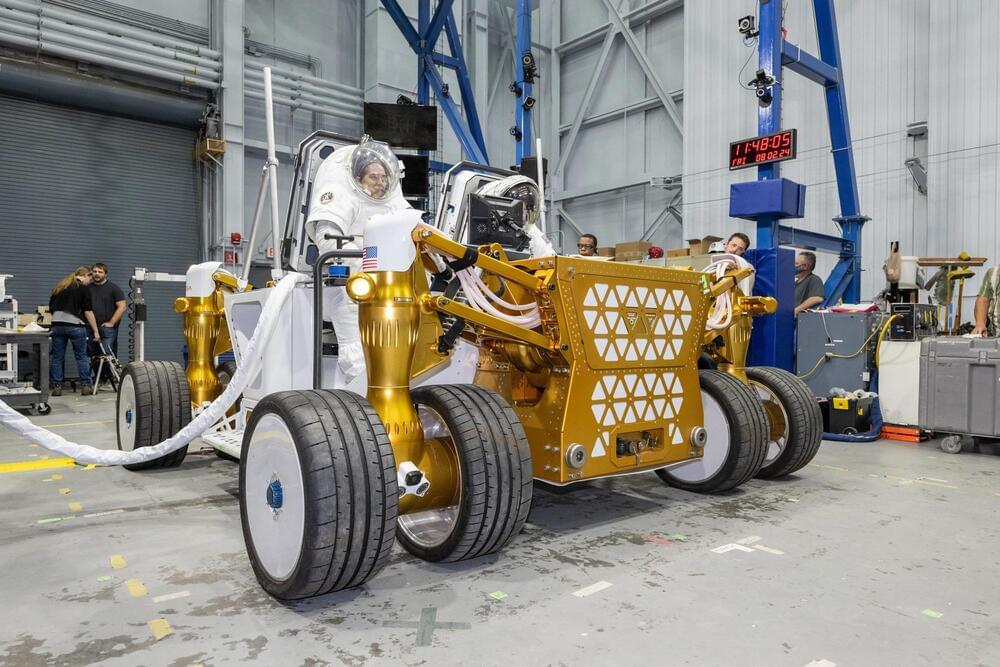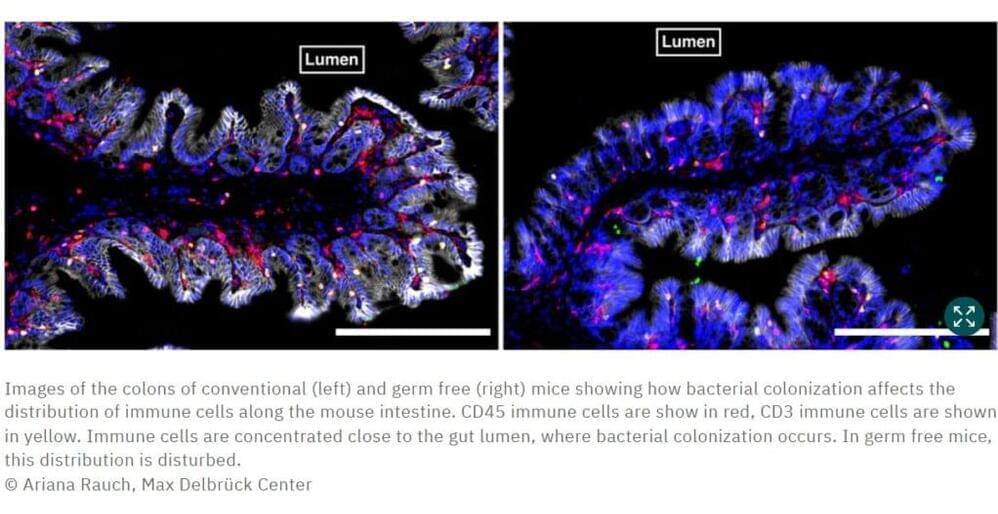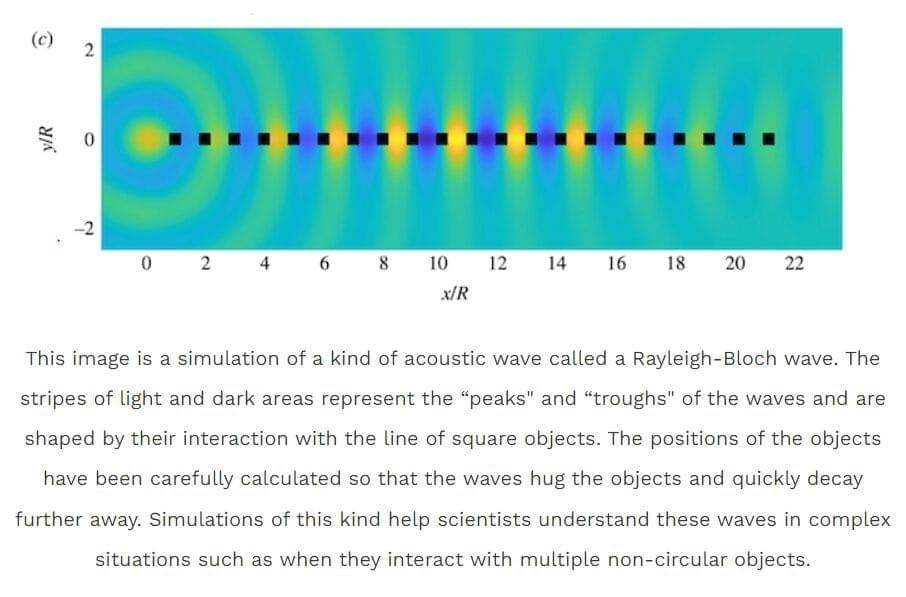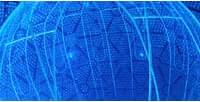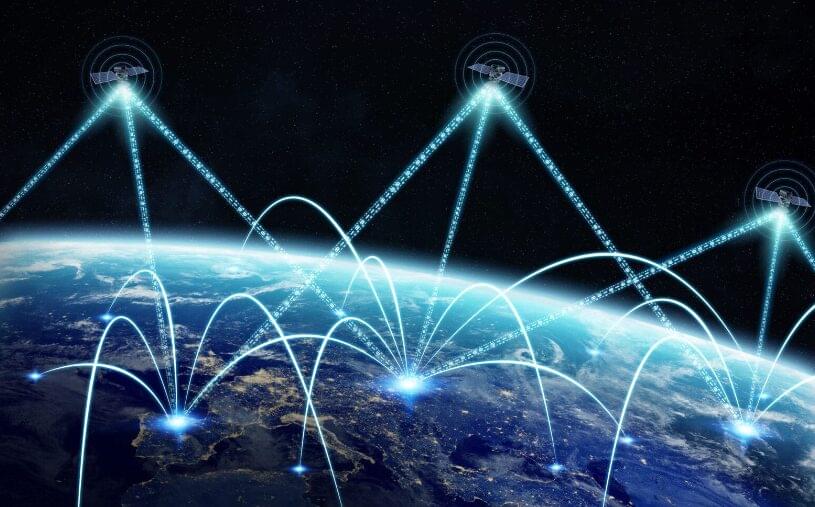NASA is developing a new Lunar Terrain Vehicle (LTV) for the Artemis missions to the Moon, enabling astronauts to explore more expansively and conduct in-depth scientific research.
The Ground Test Unit (GTU), a prototype, is being tested on Earth to evaluate different rover concepts and ensure reliability and functionality before deployment. This initiative includes collaborations with three vendors and aims to bolster technological advancements for future lunar and Martian explorations.
Artemis campaign and lunar terrain vehicle.
